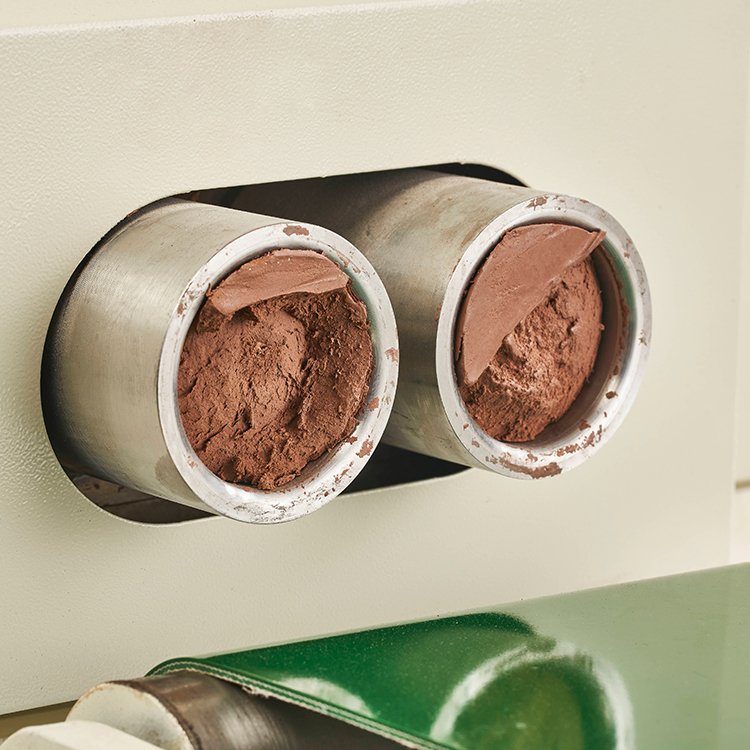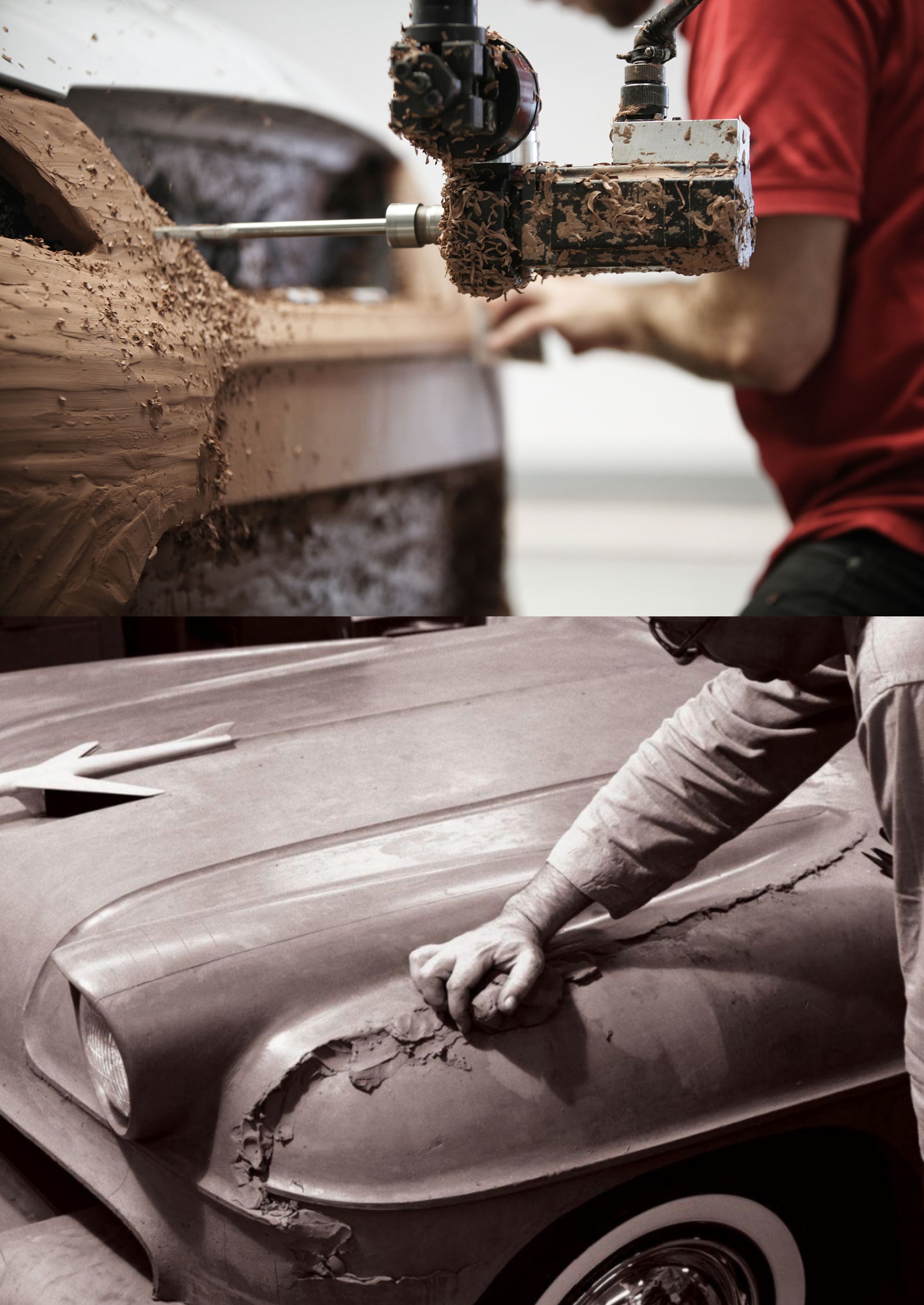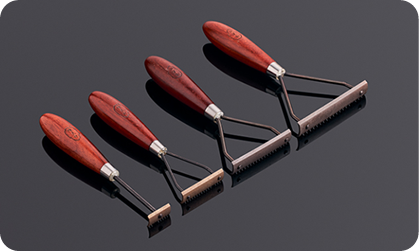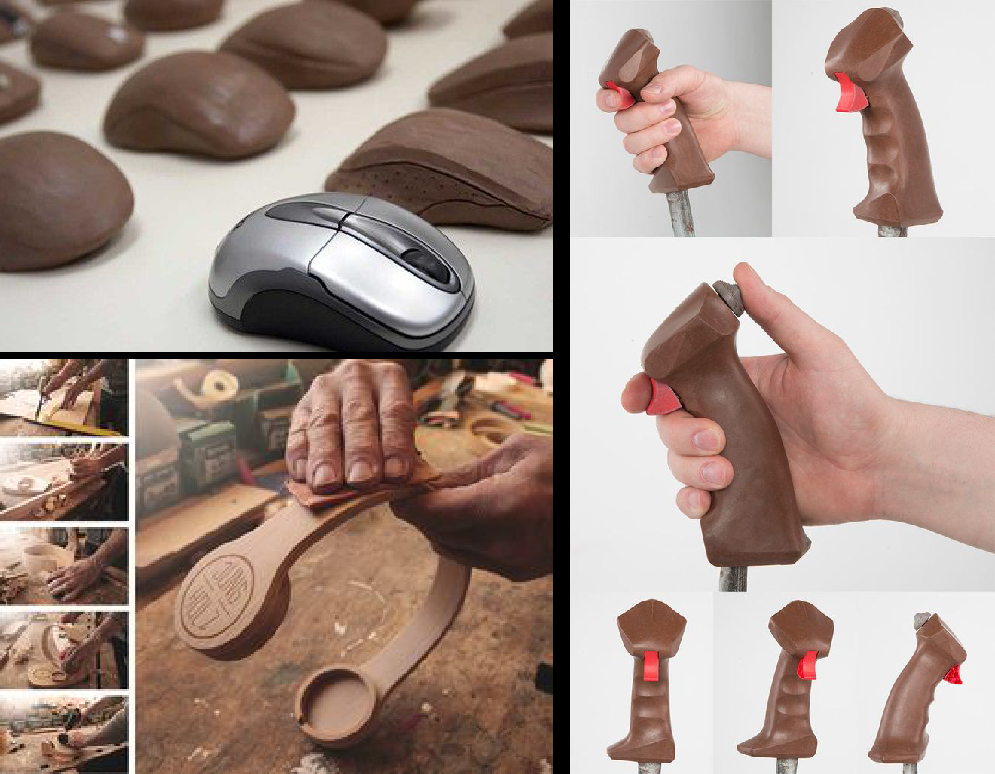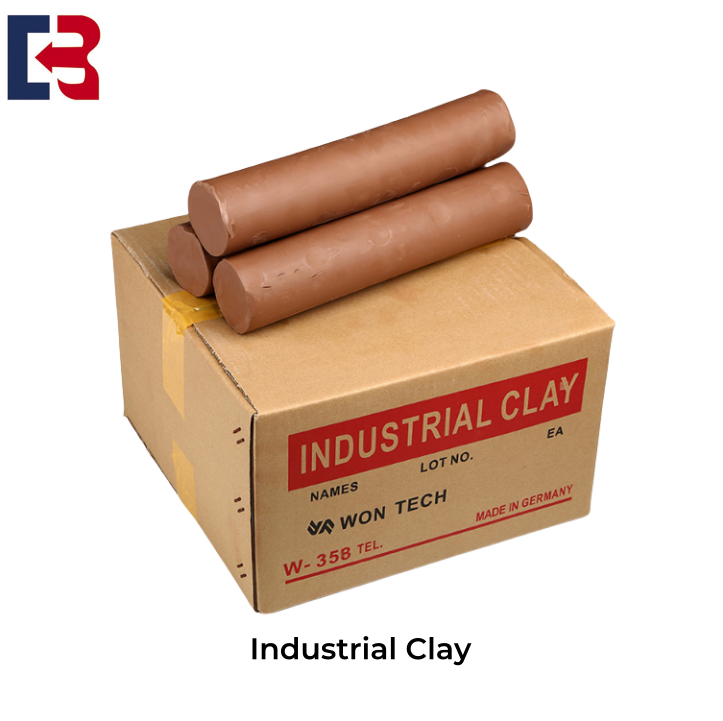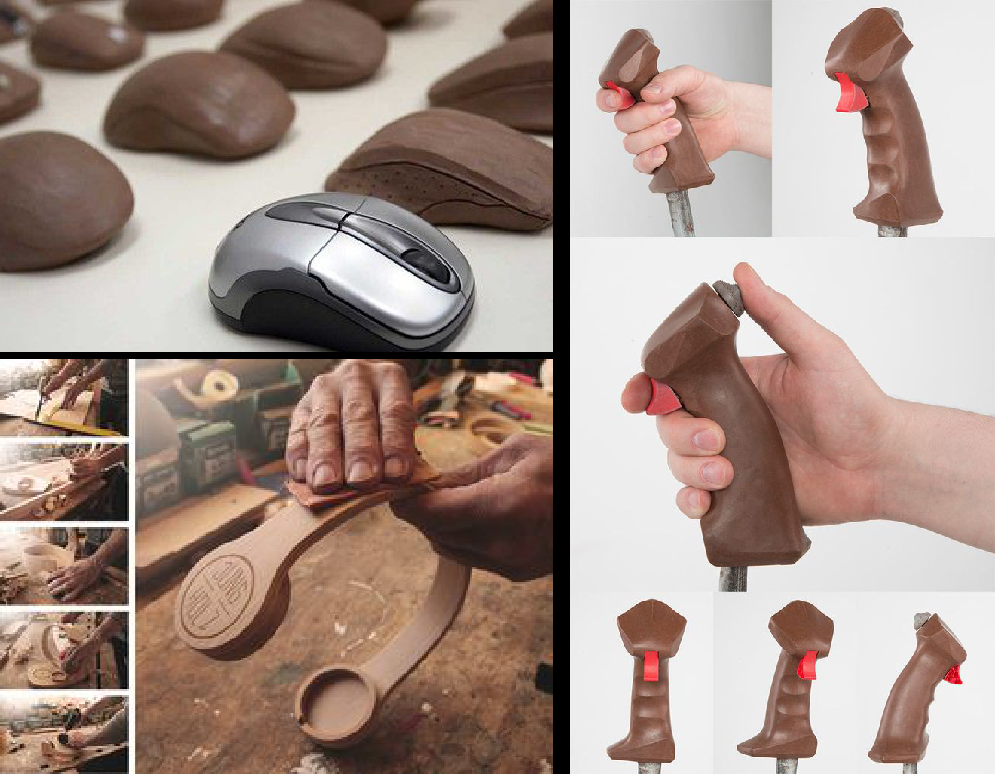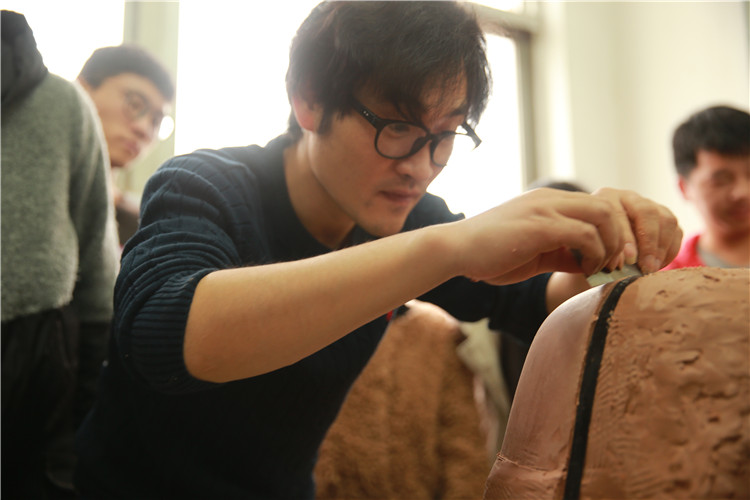
 Apr 01,2024
Apr 01,2024
 BOMI SHANGHAI
BOMI SHANGHAI
 240
240
In the automotive world, horsepower figures and battery ranges often steal the spotlight. Yet what lingers in people’s minds long after the spec sheet is forgotten is the way a car looks and the way it feels through color. Form dictates the first impression; color translates that impression into emotion. Together, they form the silent language of automotive design.
Since the mid-20th century, when Italian and American designers first embraced bold streamlining, aerodynamics has been the invisible hand shaping automotive form. Smooth noses and tightened tail sections aren’t just functional—they convey speed, confidence, and presence. Today’s SUVs embody this duality: muscular enough to inspire trust, yet sculpted enough to suggest agility. This balance of function and form ensures that beauty and performance no longer stand apart but serve the same purpose.
Color is more than surface decoration—it is both a functional tool and an emotional amplifier. White, silver, and yellow enhance visibility in low light, reducing accident risk. Darker exteriors absorb heat, raising cabin temperatures and increasing energy consumption. But beyond physics, color speaks directly to the heart: red ignites passion in sports cars, black exudes authority in executive sedans, while green has become a symbol of sustainability, finding its natural home on electric and hybrid models.
Automotive color trends now mirror the fashion world. Two-tone bodies, with contrasting roofs and panels, are rapidly becoming a favorite among younger buyers eager to stand out. Earth tones and matte finishes speak to a growing desire for authenticity and individuality. A sand-brown crossover or a sea-blue coupe signals more than personal taste—it reflects an era increasingly defined by sustainability and subtle luxury.
The rise of carbon fiber, aluminum, and advanced composites has redefined not only vehicle performance but also the visual vocabulary of modern design. Their natural textures and reflective qualities lend cars a futuristic, high-tech allure. Meanwhile, the move toward renewable interior materials—bamboo fibers, plant-based plastics—adds another layer: ecological responsibility without sacrificing elegance. “Green luxury” is no longer a contradiction but a new aspiration.
Emerging technologies are pushing design into uncharted territory. Imagine body panels finished in electronic ink or electrochromic coatings that shift color at the tap of an app. On a hot summer day, your car could turn silver to stay cool; at night, it could glow in high-contrast tones for greater visibility. In this vision, color ceases to be fixed. Instead, it becomes a living interface between car, driver, and environment.
Conclusion
In an age of electrification and autonomy, exterior form and color remain the emotional frontline of brand identity. They are art and engineering, function and feeling, strategy and statement—all in one. As they converge, cars are no longer just machines of mobility; they are rolling works of art and extensions of personality, silently telling stories through shape and shade.
